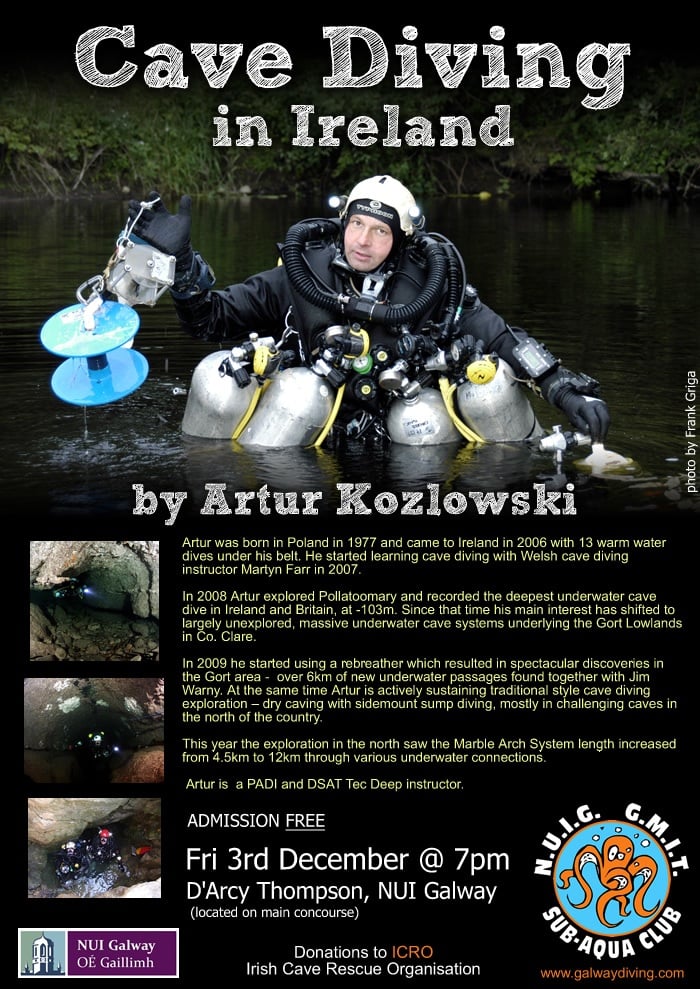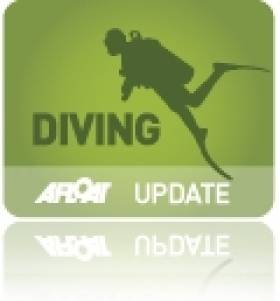Displaying items by tag: lecture
Lecture: “The Loss of USS Indianapolis in 1945”
#Lecture – Tonight a lecture "The Loss of USS Indianapolis in 1945" is to be held in the Stella Maris Seafarers Club (at 8pm) close to Busaras bus station in Dublin.
The lecture presented by Terry Cummins, secretary of the Irish Naval Association, will as usual take place upstairs in the club. The talk forms part of the winter lecture series organised by the Maritime Institute of Ireland (M.I.I.).
All are welcome to attend the evening at the city-centre venue where a bar and refreshments are available. A voluntary contribution is payable to the door to the M.I.I. which runs the National Maritime Museum (NMMI) in Dun Laoghaire.
The lecture organisers would be pleased for anyone to kindly forward details about the lecture programme, held on the third Thursday of each month.
Public transport: The nearest DART stations are Connolly Station and at Tara Street in addition to the LUAS (Red) line stop at Busáras. Car parking is located in the Irish Life Mall (ILAC) on Lower Abbey Street.
Lecture: Seascapes, Wind Turbines and Marine Planning-The Future of our Marine Environment
#Lecture - "Seascapes, Wind Turbines and marine Planning- The Future of our Marine Environment" is a lecture to be presented by David Bagnall next Thursday 9 December at 20.00hrs.
The lecture is to be held in Poolbeg Yacht and Boat Club in Ringsend, Dublin. The lecture is organised by the Members of Glenua and Friends 2013/2014 public lecture programme. Entry of €5 is in aid of the RNLI. For further details at 087 2129614
Lecture: Mutiny & Murder on the Earl of Sandwich
#Lecture- This month's Maritime Institute of Ireland (M.I.I.) lecture: Mutiny & Murder on the Earl of Sandwich presented by Peter Brady takes place this Thursday (21 November) at 8pm in Stella Maris Seamen's Club, Dublin.
In late 1765 the merchant brig Earl of Sandwich, was on its return leg to England from the Canary Islands laden with goods and riches. That fateful voyage of the crew and passengers also covers the culprits after they were landed at Wexford and until their days that ended on the gallows at St. Stephen's Green before being publicly displayed at Ringsend and the Muglins.
The lecture which is part of the autumn/winter series (third Thursday each month) as usual is held in the Stella Maris Seafarers Club on Beresford Place, which is located next to Busaras and behind the Customs House.
All are welcome to attend the evening where a bar and refreshments are available. A voluntary contribution is payable to the door to the M.I.I. which runs the National Maritime Museum (NMMI) in Dun Laoghaire).
Public transport to Stella Maris Seafarers Club: The nearest DART stations are Connolly Station and at Tara Street in addition to the LUAS (Red) line stop at Busáras. Car parking is located in the Irish Life Mall (ILAC) on Lower Abbey Street.
For further information in general about the National Maritime Museum of Ireland (Dun Laoghaire) visit www.mariner.ie
'The Rules of Racing' Lecture in Castlebar This Thursday
#RACING - Mayo Sailing Club's winter series of lectures continues this Thursday 23 February with a talk by Ed Alcock on 'The Rules of Racing'.
Alcock is racing manager of the Irish Sailing Association (ISA), and his lecture will outline the laws that govern racing by windpower on the water in Ireland, covering classes from yachts and dinghies to windsurfing, kitesurfing and more.
Topics to be covered include rights and obligations on the water, giving way, keeping clear, red flags and protest forms.
Sailors of all craft are invited to attend the evening, and anyone wanting to get involved in racing is also welcome, especially with the 2012 racing season only eight weeks away.
Alcock's talk takes place this Thursday at 7.30pm in GMIT Castlebar. The Galway Advertiser has more HERE.
Lecture: "Childers and the Asgard"
The Dublin Bay Old Gaffers Association (DBOG) are holding their annual Winter /Spring lecture programme in the Poolbeg Yacht Boat Club & Marina (PYBC). The first lecture in 2011 is "Childers and the Asgard - The Enduring Enigma" by Tim Magennis and is to be held on Tuesday 11 January.
The talks proper will begin at 8 pm but the organisers are encouraging those wishing to attend to assemble at 7.15 pm for a socialable drink in advance of the talk starting.
The Poolbeg clubhouse is located on the South Bank, Pigeon House Road, Ringsend which can be accessed from the Sean Moore Road that connects the Merrion Strand Road (from the south) and the East-Link Toll Bridge (from the north).
For further information on the DBOG lectures please contact Tim Magennis on 087 2593113. For information in general about the PYBC Tel: (01) 668 9983 or logon to www.poolbegmarina.ie/
Kozlowsk Lecture on Cave Diving in Ireland
Of all aspects of scuba diving, the discipline with the highest mortality rate is cave diving writes Timmy Carey. A myriad of things can go wrong, a diver can get lost, run out of air and even worse, carried out in complete darkness if the diver loses their lights. On Friday, the 3rd of December N.U.I.G G.M.I.T Sub Aqua club will be hosting a free lecture on cave diving. The lecture will be presented by Artur Kozlowski and has made a large number of caving breakthroughs in Irish cave systems.
In 2008 he broke the British and Irish depth record in a cave at 103 meters and the lecture promises to be very interesting. The venue is D'arcy Thompson (on the main concourse) in N.U.I Galway.






























































